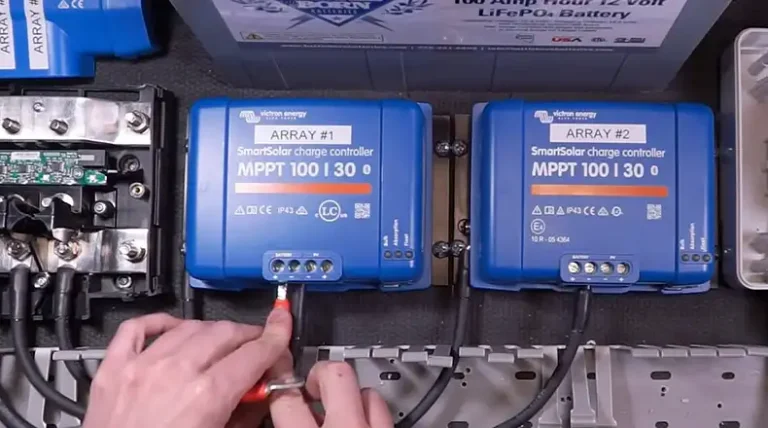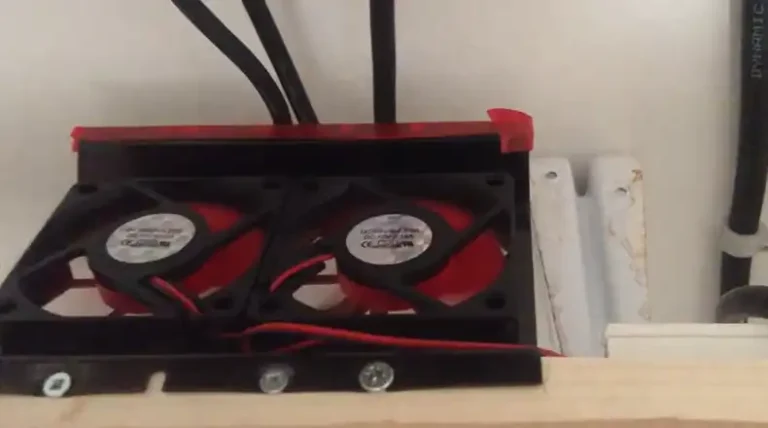Is a Solar Pool Cover Just a Bubble Wrap?
Have you ever looked at those bubbly solar pool covers and thought, “Hey, isn’t that just glorified bubble wrap?” Well, my friend, you’re not alone in wondering about the similarities and differences between these two seemingly alike products.
As a pool owner myself, I’ve been down this rabbit hole, and let me tell you, there’s more to the story than meets the eye. In this article, I’ll discuss solar pool covers and bubble wrap, exploring their similarities, differences, pros, and cons, and ultimately help you decide which one is the better choice for your pool.
So, grab your favorite beverage, kick back, and get ready to become an expert on this bubbly topic!
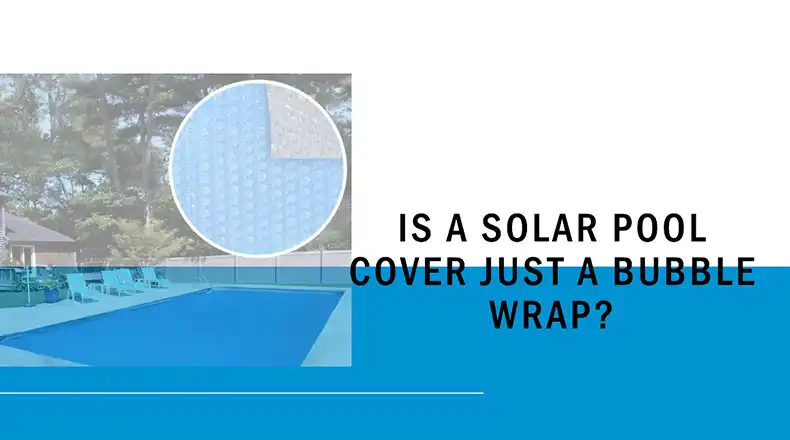
Similarities Between Solar Pool Covers and Bubble Wrap
Alright, there’s no denying it – both solar pool covers and bubble wrap share a common ground: physics. They both use the power of air insulation to trap heat. Here’s the gist: air is a terrible conductor of heat, meaning it has a hard time transferring it from one place to another. So, those little air pockets in both bubble wrap and solar pool cover act like tiny barriers, keeping the warm water in your pool nice and toasty and preventing the cool air from stealing all the heat away.
But wait, there’s more! Both products are also lightweight and relatively inexpensive compared to other pool cover options or packaging materials. That’s probably why the idea of using bubble wrap as a pool cover has crossed the minds of many thrifty pool owners (myself included, I’ll admit).
Differences Between Solar Pool Covers and Bubble Wrap
Now, as much as solar pool covers and bubble wrap might seem like long-lost siblings, they’re actually more like distant cousins who happened to inherit the family’s bubbly genes. You see, while they may share some physical resemblance, they’re designed and manufactured for very different purposes.
Let’s break it down:
Material
Solar pool covers are created from heavy-duty polyethylene, a super strong and UV-resistant plastic that can handle the harsh rays of the sun without turning into a melty mess. Bubble wrap, on the other hand, is typically made from polyethylene too, but it’s a much thinner and more delicate version. Think of it like comparing tissue paper to a tarp. Not exactly built for the long haul.
Durability
Made to last for several seasons, solar pool covers can brave the elements like a champ. They can withstand rain, wind, and of course, all that sunshine. Bubble wrap, let’s be honest, is the party favor that gets popped within minutes. Under the relentless sun and exposure to the elements, bubble wrap will become brittle and break down quickly.
Effectiveness
Solar pool covers are specifically designed to maximize heat retention. The special design and material work together to trap the sun’s rays and efficiently transfer that heat to your pool water. Studies show that solar pool covers can increase your pool temperature by up to 15 degrees! While bubble wrap can offer some level of insulation, its thinness and lack of specialized design make it far less effective than a solar pool cover. Think of it like putting on a fisherman’s hat in Antarctica – it might provide a little bit of warmth, but you’re not exactly going to be comfortable.
Purpose
The primary purpose of solar pool covers is to retain heat in the pool water, reducing heat loss and extending the swimming season. They also help to reduce evaporation and chemical consumption, saving you money in the long run. Bubble wrap, however, is primarily used for packaging and insulation purposes, not necessarily for heat retention or pool applications.
Summary
| Feature | Solar Pool Cover | Bubble Wrap |
| Material | Heavy-duty polyethylene | Thin polyethylene |
| Durability | Designed to last several seasons, weather-resistant | Breaks down quickly under sun exposure |
| Effectiveness | Maximizes heat retention, can increase pool temp by up to 15°F | Minimal insulation, not designed for heat retention |
| Purpose | Retaining heat, reducing evaporation and chemical usage | Packaging and insulation, not for pool use |
| UV Protection | UV inhibitors protect from sun damage | No UV protection, degrades under sunlight |
Pros and Cons of Using Bubble Wrap as a Pool Cover
Now, as tempting as it might be to use bubble wrap as a pool cover (especially if you have a surplus from all those Amazon orders), it’s important to weigh the pros and cons before making a decision that could potentially impact the health and longevity of your pool.
Pros of Using Bubble Wrap:
- Cost-effective: Bubble wrap is significantly cheaper than dedicated solar pool covers, making it an attractive option for those on a tight budget or looking to save a few bucks.
- Readily available: Bubble wrap is widely available and can be easily sourced from packaging supplies or even recycled from shipments you’ve received. No need to wait for special orders or hunt down specialty stores.
- Temporary solution: If you find yourself in a pinch and need a quick and temporary pool cover solution, bubble wrap can serve as a short-term fix until you can invest in a proper solar cover.
- Versatile: Bubble wrap can be used for a variety of purposes, including insulation, packaging, and even as a makeshift play mat for kids. So, any leftovers won’t go to waste.
- Recycling potential: While not the most eco-friendly option, bubble wrap is technically recyclable, which is better than sending it straight to the landfill.
Cons of Using Bubble Wrap:
- Poor insulation: As much as we’d like it to be, bubble wrap is just not as effective at retaining heat as solar pool covers. Using bubble wrap as a long-term cover could lead to higher energy costs and a shorter swimming season due to heat loss.
- Limited durability: Bubble wrap is not designed for prolonged exposure to the sun, chemicals, and other pool conditions. It’s likely to deteriorate much faster than a solar cover, leaving you with a bubbly mess to clean up.
- Lack of UV protection: Without UV inhibitors, bubble wrap can degrade and become brittle over time when exposed to sunlight, rendering it useless as a pool cover.
- Safety concerns: Bubble wrap may not meet safety standards for pool covers and could pose a potential hazard if not properly secured or if it starts to deteriorate.
- Environmental impact: While bubble wrap is technically recyclable, its single-use nature contributes to plastic waste, which is something to consider if you’re eco-conscious.
Pros of Using a Solar Pool Cover:
- Excellent insulation: Solar pool covers are specifically designed to maximize heat retention, keeping your pool water warm and comfortable for an extended swimming season.
- Energy-efficient: By trapping heat and reducing evaporation, solar pool covers can significantly reduce your energy costs associated with heating and maintaining your pool.
- Durable construction: Made from heavy-duty materials like polyethylene, solar pool covers are built to withstand harsh weather conditions and prolonged exposure to the sun and pool chemicals.
- UV protection: Most solar pool covers feature UV inhibitors or coatings that protect them from degradation caused by the sun’s harmful rays, ensuring longevity.
- Safety features: Solar pool covers are designed with safety in mind, often featuring features like drainage holes, grommets for secure attachment, and compliance with pool safety regulations.
- Environmentally friendly: By reducing energy consumption and chemical usage, solar pool covers can have a positive impact on the environment.
While bubble wrap can serve as a temporary or budget-friendly solution, it’s clear that solar pool covers are the superior choice for long-term use, energy efficiency, and overall pool health. However, the decision ultimately depends on your specific needs, priorities, and budget.
Which One to Choose – Solar Pool Cover and Bubble Wrap?
Alright, here’s the verdict: ditch the bubble wrap and invest in a real solar pool cover. While the upfront cost might seem higher, here’s the thing: a solar pool cover will last for years, saving you money in the long run. Plus, with its superior heat retention capabilities, you’ll be saving money on pool heating costs too. Think of it as an investment in keeping your pool warm, your wallet happy, and your pool looking sharp.
Here’s a bonus tip: solar pool covers not only help keep your pool warm, but they also help to minimize water evaporation, which means less refilling and fewer pool chemicals needed.
Wrapping Up
By now, you should have a solid understanding of the key differences between solar pool covers and bubble wrap. While they may seem similar at first glance, solar covers are the clear winner when it comes to insulation, durability, and overall pool health. Bubble wrap can be a budget-friendly temporary solution, but it’s no match for the long-term benefits of a high-quality solar cover. If you’ve got any lingering questions, feel free to drop them in the comments below. I’ll be happy to chat more about this bubbly topic. Thanks for reading, and here’s to a fantastic swimming season!

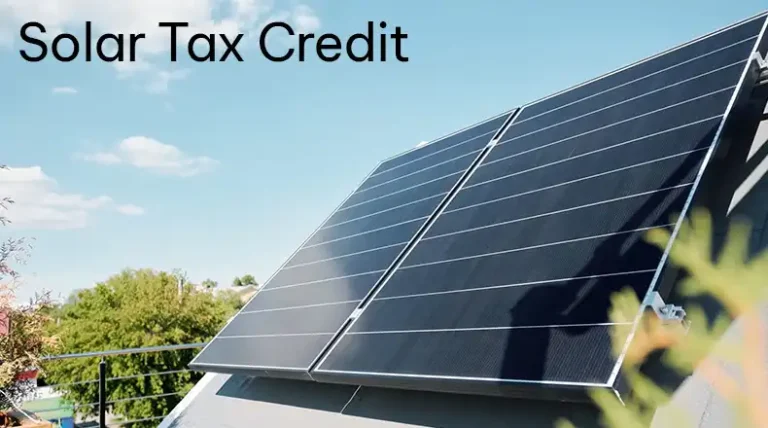
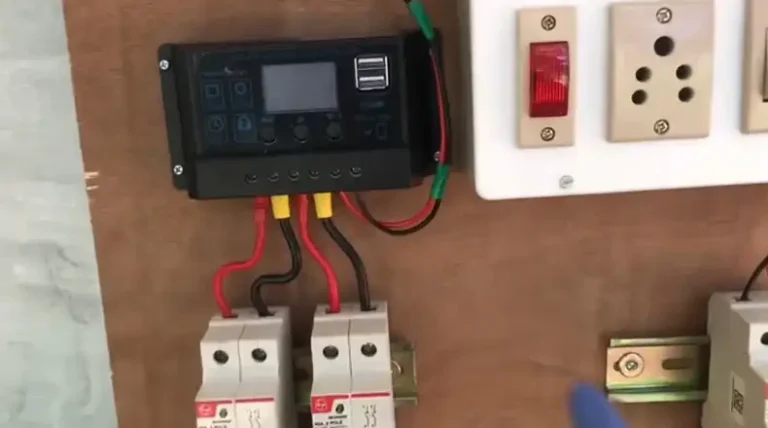
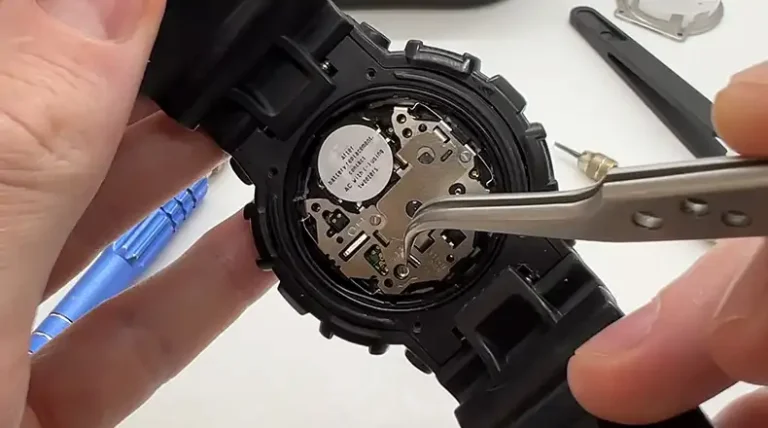
![Do Solar Roof Vents Work At Night [Answerd]](https://www.itekenergy.com/wp-content/uploads/2024/04/Do-Solar-Roof-Vents-Work-At-Night-768x428.webp)
